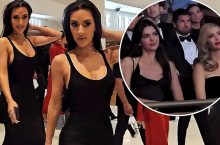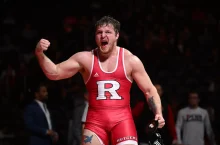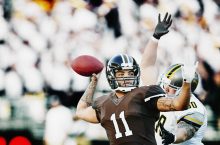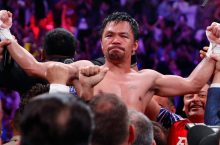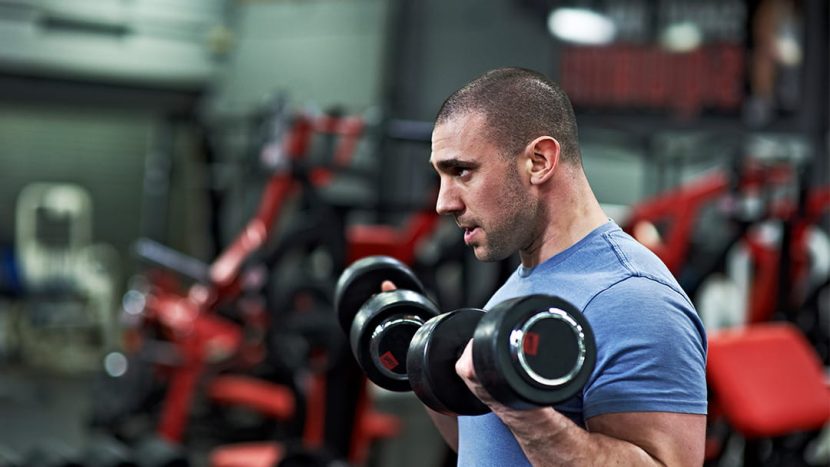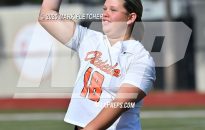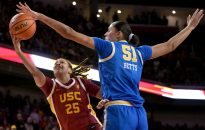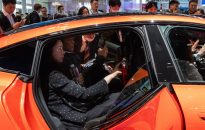This applies especially strongly to us non-elite athletes. Consistency in training and healthy habits (nutrition, sleep, minimizing stress) will do more to optimize our athletic potential than getting overly distracted about the perfect training program. Summary For example, what are cross-training modalities to incorporate for an injury-prone runner? What sort of training best maintains a […]
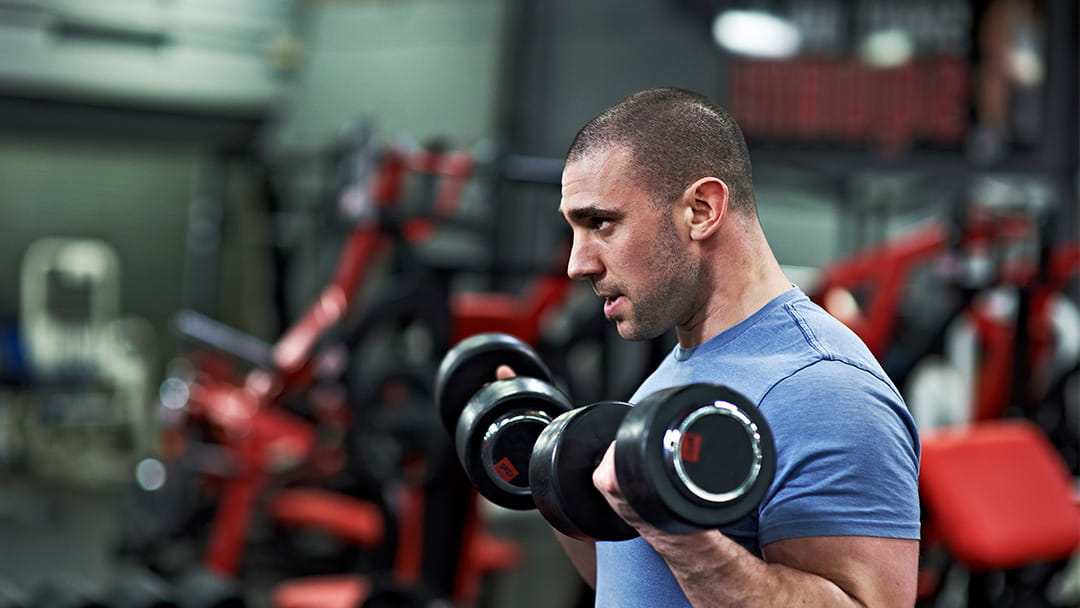
This applies especially strongly to us non-elite athletes. Consistency in training and healthy habits (nutrition, sleep, minimizing stress) will do more to optimize our athletic potential than getting overly distracted about the perfect training program.
Summary

For example, what are cross-training modalities to incorporate for an injury-prone runner? What sort of training best maintains a long racing peak? These are questions where it’s almost impossible to design a quality study, but science can still contribute to a coach and athlete figuring these questions out.
Looking Back to Look Forward
The same end can come through many means
The Fosbury Flop. Innovations in swimming flip turns and the use of extreme underwater takeoffs in backstroke starts. Aero bars in cycling (I remember my dad welding me a custom designed set at work in 1989!). Skate skiing and double poling in Nordic skiing. These are all examples of athletes leading innovation rather than innovation being designed in a lab.
What a Career
Efficiency over biology
In contrast, most of the big performance gains have come through ways to make us more efficient. This includes running “supershoes,”, swimsuit and pool design, clap skates in speedskating. In cycling, we have disc wheels and aero wheels/bikes, indoor velodromes, aero bars, non-circular chainrings, aero clothing. They improve efficiency by either reducing drag or improving force transfer.
Here’s Joyner’s endurance training haiku:
This January, Mike wrote a retrospective piece in Scandinavian Journal of Medicine & Science in Sports about the major trends that he’s seen truly stand the test of time when it comes to endurance training (Joyner 2025). I found the piece highly reflective and informative for athletes, coaches, and sport scientists to keep in mind.
Joyner has pretty literally seen and done it all as an athlete and sport science practitioner. I really enjoyed his retrospective article and think that it has a lot of lessons for how we as everyday athlete should approach sports and training.
There is no one RIGHT or perfect training program. Optimal elite performance has been achieved through almost as many training philosophies as there are athletes. Sweet spot, pyramidal, polarized, HIIT.
Rest once in a while
Joyner MJ (2025) Training Elite Athletes: 50 Years of Thinking About Practice and Research for Endurance Sports. Scandinavian Med Sci Sports 35:e70013. https://doi.org/10.1111/sms.70013
What does this mean for us non-elite cyclists? If your focus is to maximize performance, free speed is a very real thing!

Mike Joyner VO2 testing
Mike’s career is also interesting because it spans the age from when metabolic carts for measuring oxygen uptake were JUST starting to be automated and able to be done relatively simply, all the way through to today’s high-tech monitoring of nearly every variable 24/7 and artificial intelligence.
Ride fast, and have fun!
Now we have so many wearables (heart rate, heart rate variability, sleep, lactate, hydration, temperature) of potentially dubious accuracy. In this sea of gear and tracking, it’s important to keep in mind whether these variables are actually accurate, relevant to performance, and actionable before jumping in.
Michael Joyner is a MD/PhD based at the Mayo Clinic in Rochester, Minnesota. Just do a quick Google of his name and you’ll see that Mike is pretty much THE expert when it comes to endurance training and exercise. Besides his incredible publication record, he is the expert that most American media outlets turn to for background and opinion about sport science.
That pretty much encapsulates all of training science!

References
Athletes are ahead of scientists
Like PEZ? Why not subscribe to our weekly newsletter to receive updates and reminders on what’s cool in road cycling?
At the very pointy tip of elite performance, the margins for victory are so razor thin that they essentially can’t be detected in scientific studies. This isn’t to say that we sport scientists should just retire our lab coats. Rather, when working with top level coaches and athletes, the conversation needs to be much more nuanced than just “science says this.” Athletes are looking for the possibility of a benefit, and the trick is to focus on the art of training rather than rigidly applying scientific findings.
While we’re at it, don’t ignore mental training either. We can be optimally fit physically, but if the mind isn’t willing no amount of physical ability will compensate.
Michael Joyner is one of the most respected exercise physiologists over the past 50+ years. What are some of the major themes that he’s seen in training elite endurance athletes over his amazing career? is one of the most respected exercise physiologists over the past 50+ years. What are some of the major themes that he’s seen in training elite endurance athletes over his amazing career?
Some faster than your race pace
When it comes down to it, assuming good training and fitness, very few major performance gains have been had through biology or physiology. Probably the big exception has been carbohydrate feeding strategies and delivery methods.
For us, this also means that we shouldn’t be blindly relying on science to lead the way to innovation. If you think something works for you, try it and test it out for yourself. Some may turn out to be false leads (e.g., low-carbohydrate diets, minimalist shoes) but that’s the nature of scientific discovery.
What can be measured, gets measured
The competitive significance principle
From entering undergraduate education at the University of Arizona, Mike has had the fortune of working with a murderer’s row of many of the top exercise physiologists. This includes Ed Coyle, John Holloszy, Jack Wilmore, Roger Enoka, Doug Seals, Jerry Dempsey, and many others.
One of the things I really admire about Mike is that, like me, he’s a huge believer in integrative physiology, of looking at the entire human organism in its complexity rather than our scientific tendency to be highly reductionistic (e.g., let’s look at this one single tiny piece in isolation).
With increasingly easy access to tools that can measure physiological variables, the temptation is to measure these variables and hold them up as the magic bullet. Think how every endurance athlete wants to know their VO2max, despite them often not knowing what it actually means and it not really being a key metric in designing training programs.








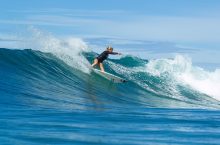
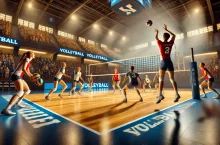
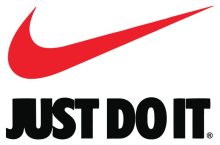




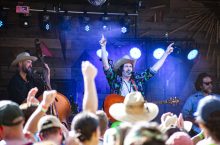
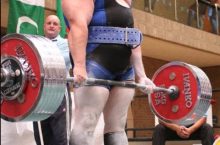


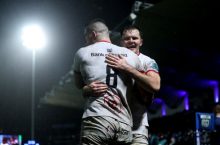
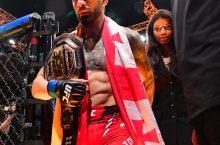




 #McLaren #F1 #Gingerbread #CapCu…
#McLaren #F1 #Gingerbread #CapCu…

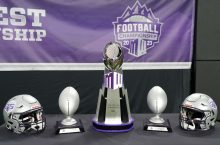
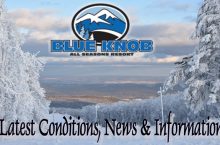
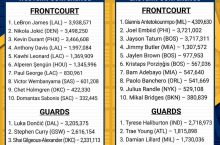
 #NBA #basketball #NBAXmas #Jalen…
#NBA #basketball #NBAXmas #Jalen…
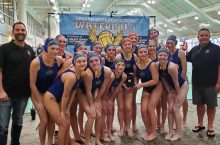


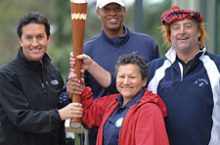

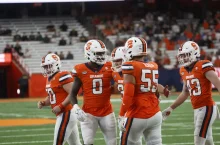





 #rugby #haka
#rugby #haka